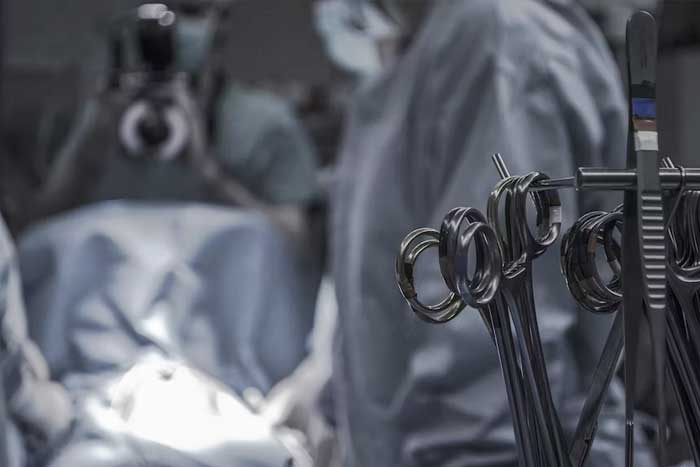In this article, we’ll discuss how new technology in surgery is improving patient care.

gpiron
A surgical procedure takes skill and precision, it is often used to help save a life, treat injuries, and repair the body. Because of this, surgery can have a massive impact on a patient’s quality of life and well-being.
Unfortunately, it’s very possible for a surgeon to make a mistake that can harm their patient. Leading to regret, a loss of confidence in their abilities, and surgical negligence claims.
Technology can help medical professionals to successfully perform more challenging surgeries, be more accurate, minimize mistakes and improve the quality of a patient’s care. In this article, we will be looking at new technological advances in surgery like remote robotic assistance, 3D printing, alignment tools, and sensor-assisted surgeries.
Types of Technology That Improve Patient Care in Surgery
There is a wide range of new technologies that can be used within surgery. These technologies have the potential to make surgeries quicker, and more precise, and reduce the chance of mistakes.
Here are just a few of the different technologies being advanced for use in surgeries…
Remote Robotics-Assisted Surgeries
Across the medical industry, the use of robotics is increasing, and for good reason. Using remote robotics assistance can make a huge difference in many areas of healthcare, for example, it can be used to perform complex surgeries that require specialist knowledge remotely.
This may be done through live streaming, allowing external surgeons who may have more knowledge regarding the type of surgery required than the local doctor, to provide high-quality guidance and advice. Being able to provide live advice and feedback can ensure that fewer mistakes are made during surgery.
For particularly difficult situations where a specialist surgeon is required, advanced robotics technology can be used to allow the specialists to actively control the surgery remotely. These robotic-assisted remote surgeries have the potential to improve a patient’s care.
3D Printing
3D printing can be utilized in a wide range of areas, but it also has some incredible applications when it comes to surgery.
Within healthcare, implants and joints needed for surgery can now be made using 3D printing. This technology can help to ensure that the prosthetics made perfectly match an individual’s measurements and requirements, improving comfort levels and the effectiveness of the surgery.
The advancement of 3D printing technology has also given surgeons the chance to practice a procedure by using a realistic replica of their patient’s anatomy. This helps to increase the chance of success and reduce the chance of mistakes.
Computer-Assisted Alignment Tools
The human body is delicate and during surgery, it’s important to be exact when it comes to alignment to ensure that the patient recovers well. For instance, when replacing a joint like the knee, it must be aligned correctly, or it may not last very long or cause the patient distress.
With advancements in computer-assisted alignment tools, surgeons can be more confident during a procedure with precise, real-time information regarding alignment. This can be particularly useful within surgeries like knee arthroplasty.
Sensor-assisted Surgery
Similarly to alignment tools, sensor-assisted surgeries can provide a more accurate way for surgeons to complete sensitive matters. During surgery, it’s necessary to think about a multitude of different things, and because of this, it’s possible to make a mistake that can have a big impact on someone’s life.
For surgery to be successful, everything needs to line up and be balanced. A sensor can help surgeons to achieve this as efficiently as possible. With this technology, surgeons can make evidence-based decisions to protect the patient as much as possible.
This type of technology can help to:
- Reduce the patient’s pain
- Minimize recovery time
- Improve mobility
- Satisfy patients
Are New Technological Advances in Surgery Improving Patient Care?
Technology is always advancing and improving and when it comes to surgery these advances can massively help to improve a patient’s care.
However, many of these technologies are still new and require more development to further increase precision and reduce risks. Like people, technology can still fail, or malfunction, which is why it’s so important that this technology be used alongside the skill and training of a surgeon to be effective.
Please be advised that this article is for general informational purposes only and should not be used as a substitute for advice from a legal professional. Be sure to consult a medical negligence solicitor if you need support in making a medical negligence claim. We are not liable for risks or issues associated with using or acting upon the information on this site.
